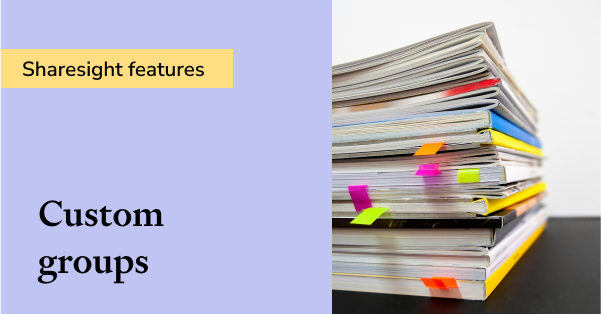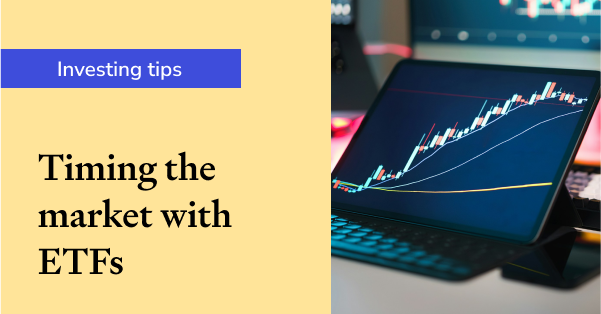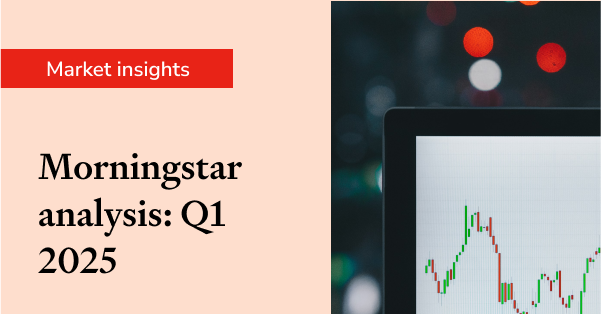Brokerage fees and your investment performance
Sharesight aims to provide investors the complete picture of their investment performance. Because of this we include factors like brokerage and the impact of foreign exchange movements when calculating performance, as these can have a material impact on your investment returns.
To illustrate why this is important, we thought it would be helpful to dive into our user data and examine just how big an impact these costs are having on returns. Read on to learn more.

Brokerage costs among Australian investors
Brokers with zero-commission trading have changed investing, particularly in the USA, but among Australian brokers, with the exception of Stake (who specialise in US stocks), the move to low (but not zero) commission trades on the ASX has been driven by CMC Markets and Selfwealth who have moved costs down to around the AU$10 mark.
With this trend towards low-commission brokers, let’s look at the data for Sharesight users in Australia who made a minimum of 10 trades on the ASX from 2017 to Oct 2020 to see how much brokerage fees impact their returns.

Australian brokerage cost data trends
-
From 2017 to 2020, we see a consistent decrease in the average brokerage fee per trade. This highlights a shift in investor behaviour towards lower brokerage fees per trade. From 2017 to 2020, the average brokerage fee per trade has decreased by ~9% (From nearly $20 to just under $18).
-
Brokerage fees as a percentage of the trade value show a similar trend, with a decrease of ~10% in 2020 compared to 2017.
Investors (on average) are taking advantage of lower brokerage costs to trade on the ASX, as well as decreasing the impact of these fees on their investment returns (through increasing their trade size, lowering brokerage cost, or both) are both trends in the right direction.
Why Sharesight factors brokerage costs to your performance figures
To provide investors with the complete picture of their investment returns, Sharesight takes into consideration a number of factors when calculating your investment performance -- including brokerage costs.
Let’s look at the impact of the average brokerage cost from the above dataset to illustrate why this is important.
For the average investor, the brokerage to trade value was at 0.72%. This means that you need the stock to increase by 0.72% just to make up the cost of the buy trade.
Based on these figures, this would be $18 brokerage on a $2,500 trade, or $9 on a $1,250 trade. Plus, for investors to realise a capital gain they need to both buy AND sell the investment in question, which is two trades, they’d need to double this cost, with the percentage impact to returns closer to 1.4% which is not an insignificant sum.
Sharesight gives you the complete picture of your investment portfolio
Not only does Sharesight incorporate the impact of factors like brokerage costs and dividends on your investment performance, with Sharesight you can:
-
Automatically track your daily price & currency fluctuations, as well as handles corporate actions such as dividends and share splits
-
Run powerful reports built for investors, including Performance, Portfolio Diversity, Contribution Analysis and Future Income (upcoming dividends)
-
Plus run tax reports including Taxable Income (dividends/distributions), Capital Gains Tax (Australia and Canada), Traders Tax (Capital Gains for traders in NZ) and FIF foreign investment fund income reports (NZ)
If you haven’t already signed up for Sharesight, you can do so here, it’s free to get started!
FURTHER READING

8 ways to use Sharesight's custom groups feature
This blog explains our custom groups feature, including strategies that can help you gain deeper portfolio insights and make more informed investing decisions.

You can time the market – and ETFs are the way to do it
Marcus Today founder and director Marcus Padley discusses timing the market, and how investors can do this using exchange-traded funds (ETFs).

Morningstar analyses Australian investors’ top trades: Q1 2025
Morningstar reviews the top 20 trades by Australian Sharesight users in Q1 2025, and reveals where their analysts see potential opportunities.